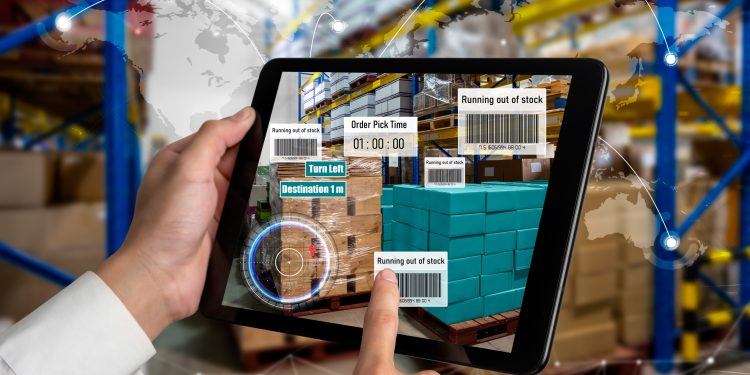Today’s supply chain is in complete disarray. As transportation costs rise and warehouses struggle to meet demands, the financial sector is looking for new solutions. Enter faster payments.
In comparison to other countries like Europe, the U.S. is getting caught up with the real-time, account-to-account money movement —those most prevalent in B2B sectors like manufacturing. Financial institutions and B2B companies have trusted the ACH network since its inception in 1972. It’s a low-cost solution to sending large amounts of money via direct deposit. Additionally, the recent innovations that have expanded faster payment capabilities demonstrate the growing demand for innovation.
Communication is at the root of the supply chain crisis, with companies searching for ways to bridge the chasm. The same is true for payments, with transactions taking up to four business days to clear, there is a lack of immediacy and responsiveness for all parties involved. Manufacturers are waiting to begin production until they can pay their workers; shippers and carriers are having trouble keeping up with shifting schedules and increased transportation costs. These waiting periods have a negative impact on both cash flow and supply chain productivity, as consumers are continuing to see in everyday situations.
Empty supermarket shelves, computer chip delays, and skyrocketing lumber costs are more than an effect of supply chain challenges: they are a symbol of what will continue to occur if new technologies aren’t thrown into the mix.
Faster Payments: A Modern Financial Solution
Faster payment options offer the digital security of a direct bank payment with the immediacy of cash; businesses can send and receive funds to each other’s accounts within seconds. With over 54 countries participating in this new movement and the innovations being rolled out with faster ACH processing, it could bring positive changes to both the financial sector and the supply chain.
The supply chain benefits from faster payments because of their emphasis on efficiency. Once an invoice is received, companies can instantly transfer large amounts of money to manufacturers. This means that the production process can begin sooner, and those transporting the goods are likely to make their deliveries on time.
Faster payment methods will move beyond just helping boost timelines and productivity in the supply chain; they will also change how the industry functions by putting pay at the beginning of the work cycle. Payment needs to be received for the transportation and delivery processes. Workers do not want to wait or risk a transaction being returned after their hard work is done. Real-time payments are an option that can help ensure that payment is received and in the proper bank accounts well before the labor begins, creating a better work environment for all involved.
Some may ask why existing companies like Venmo and Zelle, which make immediate deposits, aren’t already being leveraged to help the supply chain. The answer is the supply chain’s reliance on manual processes and ACH. The supply chain’s loyalty to the automated clearing houses comes from cost-effectiveness. Account-holders pay little-to-no fees on all ACH transfers. In contrast, credit card companies often charge fees based on the sum of money being dealt with. For B2Bs transacting with tens of thousands of dollars and then some, a percentage fee for each card transaction quickly becomes exorbitant.
It’s clear that to help the supply chain and other B2B-focused industries operate efficiently we need to find a way to cut both wait times and additional costs. The goal is to create account-to-account advantages that allow customers to increase their control of payments by giving them the ability to both maintain funds and send them immediately. This will allow companies to increase their immediate cash flow and improve business relationships.
The Future of the Supply Chain
Yes, the supply chain is experiencing challenges independent of payments. The truth is that the issues our supply chain faces are complex and multi-faceted. But enabling faster payments is a critical step in reducing delays.
Real-time transfers are genuinely becoming the way of the future, with data indicating that over 85% of businesses are planning to convert to a type of real-time payment solution by 2023, and 71% of U.S. firms saying that they are very interested in implementing faster payment strategies. The supply chain is the foundation of the U.S. economy, enabling businesses to sell products and serve their customers. Companies and suppliers adopting faster payments will streamline the supply chain and increase economic growth.
It’s time to bring immediacy back to the supply chain, and real-time bank transfers are one step in the right direction.










